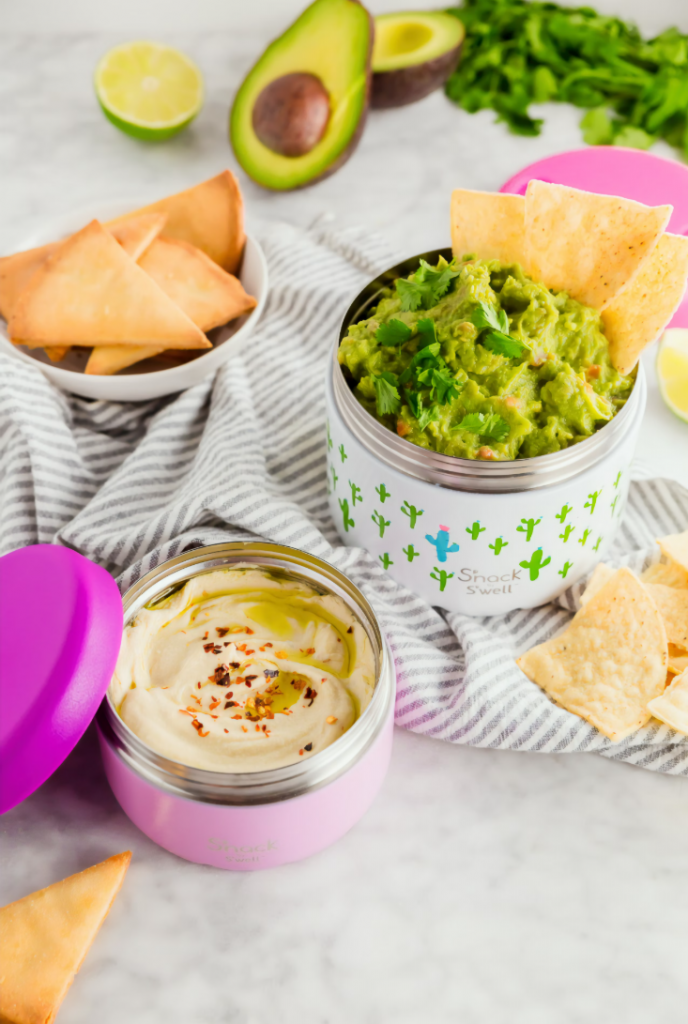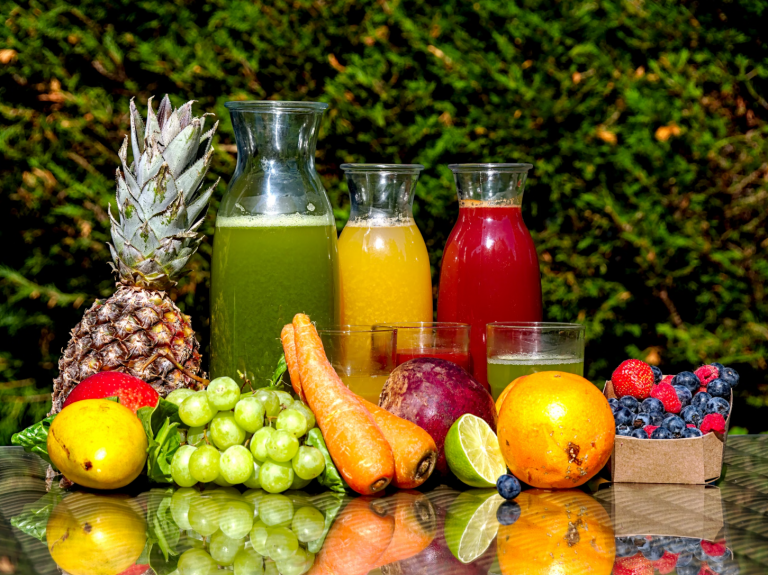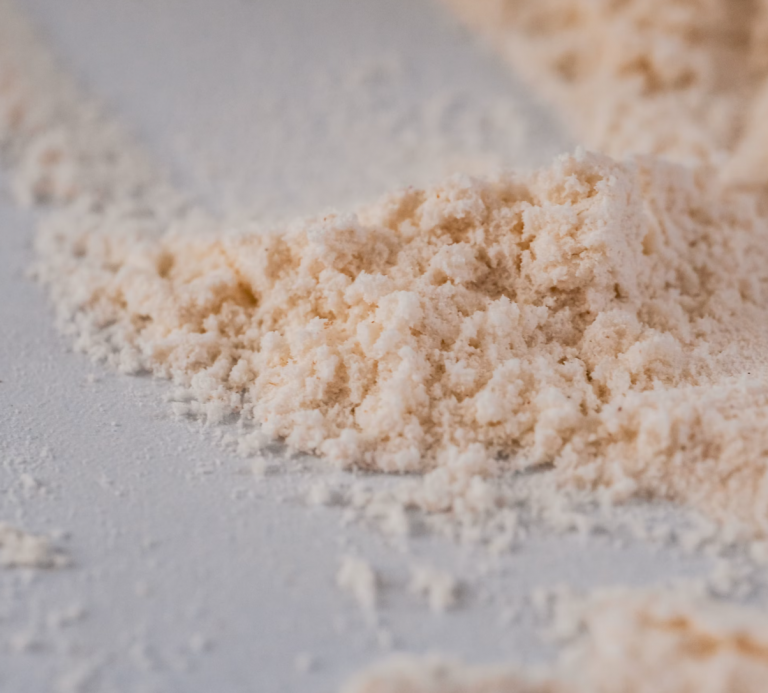
Why Meal Prep Containers Matter
Let’s face it—sticking to a meal plan is hard when your fridge looks like a food jungle. That’s where meal prep containers come in. These aren’t just storage solutions; they’re your personal nutrition assistants. The right containers can make your healthy eating journey smoother, cheaper, and less chaotic.

The Link Between Organization and Nutrition
Ever open your fridge, see chaos, and immediately opt for takeout? With well-organized containers, you’re less likely to make impulsive food decisions. Pre-portioned meals visually reinforce structure and help eliminate guesswork.
Cost-Efficiency and Time Management
Meal prepping in containers helps you stretch your grocery budget and reduces food waste. You’ll save time during busy weekdays because everything’s pre-cooked, labeled, and ready to heat.
Key Features I Look For in Meal Prep Containers
Material Matters: Glass vs. Plastic vs. Stainless Steel
- Glass is durable and microwave-safe, but heavy.
- Plastic is lightweight but may warp over time.
- Stainless steel is ultra-durable but not microwave-friendly.
Each has its place. I use glass at home and plastic or silicone for travel.
Compartments and Lids
I look for containers with tight-fitting lids to avoid spills. Multi-compartment containers are gold for portioning proteins, grains, and veggies separately.
Microwave, Dishwasher, and Freezer Safe
All containers I use weekly meet these three conditions. If they don’t, they don’t last long in my rotation.
Types of Meal Prep Containers I Use Weekly
Glass Containers with Snap Lids
These are my go-to for dinners. They seal tightly and make reheating a breeze.
Best For: Reheating and Presentation
They look sleek on the table and go straight from fridge to microwave to plate.
3-Compartment Bento-Style Containers
Ideal for balanced meals where you don’t want flavors to mix. Think: grilled chicken, brown rice, and roasted broccoli.
Best For: Balanced Meals and Portion Control
These encourage macro planning and prevent overeating.
Silicone Pouches and Bags
These are flexible and foldable. I use them for trail mixes, chopped fruits, or smoothies.
Best For: Snacks, Fruits, and Liquids
They’re a modern twist on plastic bags—but reusable.
Stackable Plastic Containers with Airtight Seals
Perfect for soups, stews, and chili. They stack like building blocks in the freezer.
Best For: Bulk Cooking and Storage
Affordable and ideal for big-batch cooking Sundays.
Mason Jars
My unexpected favorite. Great for layering salads and prepping breakfasts like chia pudding.
Best For: Salads and Overnight Oats
They keep wet and dry ingredients separated—until you’re ready to shake and eat.
Pros and Cons of Each Type
A Quick Comparison Table
| Container Type | Pros | Cons |
|---|---|---|
| Glass | Durable, microwave-safe | Heavy, fragile |
| Plastic | Lightweight, cheap | May warp, can stain |
| Silicone Bags | Flexible, reusable | Not rigid, tricky to stack |
| Bento Boxes | Good for portioning | Can leak if not sealed well |
| Mason Jars | Aesthetic, seal well | Breakable, not stack-friendly |
How I Organize My Weekly Meal Prep
A Typical Sunday Prep Routine
My routine starts with planning meals based on macros and what’s in season. I prep 3–4 base proteins, 2 grains, and 4 types of veggies. Everything is portioned and placed into labeled containers.
Labeling, Layering, and Storage Tips
- Label with masking tape and a Sharpie.
- Layer salads in mason jars: dressing at the bottom, lettuce at the top.
- Stack plastic containers by category—lunches, dinners, snacks.
Tips for Choosing the Right Container for Your Lifestyle
Office Lunches vs. Home Storage
If you eat on-the-go, lightweight plastic or silicone is your friend. For those who reheat at home, glass reigns supreme.
Portion Sizes and Caloric Goals
Choose compartment sizes based on your diet. For calorie-conscious eaters, smaller containers help with portion control.
Sustainability and Reusability Factors
Don’t just think short-term. I gravitate toward glass and silicone for their longevity. Fewer replacements mean fewer dollars spent—and less trash created.
Where to Buy the Best Meal Prep Containers
You’ll find quality options on Amazon, IKEA, Target, and specialty stores like Container Store. I also love brands like Prep Naturals, Pyrex, and Stasher.
Conclusion
Meal prep is only as effective as your system—and containers are the foundation. After years of trial and error, I’ve narrowed my rotation down to five types that truly work. Whether you’re packing lunch for work, prepping dinner ahead, or portioning snacks, the right meal prep container can be your silent productivity partner in the kitchen.
FAQs
1. Can I use the same containers for hot and cold foods?
Yes, just make sure the containers are labeled microwave- and freezer-safe. Glass works best for temperature shifts.
2. How many containers should I buy to start meal prepping?
Start with 10–15 containers of mixed types. It’s better to have variety for different meal needs.
3. What’s the best way to clean silicone pouches?
Use hot water and dish soap, or toss them in the dishwasher. Flip them inside out for deep cleaning.
4. Do mason jars leak if tipped over?
Not if the lid is sealed properly. Just avoid overfilling to prevent pressure buildup.
5. What’s the most eco-friendly meal prep container?
Glass and silicone are top picks. They last for years and don’t leach chemicals into food.





